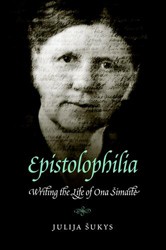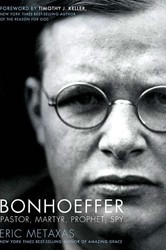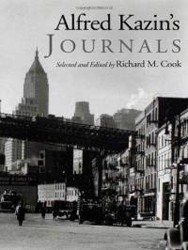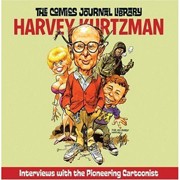Samuel G. Freedman has schooled legions of journalists in the proper way to tell stories. This may seem like a small feat to some, but those of us in the field are keenly aware of the challenges, and primary among them is the tendency of younger writers to write merely from their heads. Too many books are filled wholly, or mostly, with what could reasonably be characterized as material whose only resting place should have been an analyst’s couch. So it must have been with a good deal of trepidation that Freedman, educational editor of the New York Times and professor of journalism at Columbia University, took up the task of writing Who She Was: My Search for My Mother’s Life, a very personal chronicle of the life of someone very personally connected to him.
Eleanor Hatkin was a Jewish girl from the Bronx, and this characterization alone might have been enough for some to think they understood her story. But Freedman has set out to remember her, and the culture from which she emerged, in full. The details he uncovers are striking, in particular his attention to fashion, one of his mother’s cherished interests: the shade of her lipstick on a certain evening, her trademark eyelash curler, the fact that at that time Freed’s on Fordham Road was featuring “dresses with ‘smart bolero effects,’ a style inspired by the gowns Wallis Simpson wore to marry a king.” The first half of the book is a bit bogged down by the details, but they lay the foundation for Eleanor’s story, and allow Freedman to expand it into a broader tale of the Jewish Bronx of the 1930’s and 1940’s, then home to 600,000 Jews. Readers may assume they are familiar with this story, but Freedman widens the historical lens and sharpens the emotional focus — to great effect.
In particular he evokes the complicated ways that Jews in the Bronx, and probably throughout the world, experienced the Holocaust from abroad, as Eleanor and her family deal with the uncertain fate of her mother’s family in Bialystok. We learn how the tragedy did and did not register, even for Jews, how it remained, in Freedman’s words, a “backdrop” for Eleanor and her friends. (“Sure, Eleanor hissed Hitler when he goose-stepped across the screen in Movie-Tone News; everybody knew he was a villain. But it all felt so distant.”) And we learn what the war wrought on these shores, as when Eleanor attends a company party bereft of its young male employees, most of whom had been shipped off to war: “With those 97 guys gone, virtually their entire generation at Burndy, the party resembled a father-daughter social, plunging neckline beside receding hairline.” Freedman has lived up to his own near-impossibly high standards, producing a book that skimps neither on the facts nor on the point of finding them. He puts it best at the end. “[T]he reporter in me feels somehow defeated to admit that despite all my research… I never can know with absolute, 100 percent certainty what was happening inside my mother’s head and heart at every second of her young womanhood,” he writes. “Still, the son in me believes that I have come to understand my mother’s essence, that I have approached her soul.”
Alana Newhouse is the editor in chief of Tablet, a daily online magazine of Jewish news ideas and culture which she founded in 2009. A graduate of Barnard College and Columbia’s Graduate School of Journalism, Newhouse has contributed to the New York Times, the Washington Post, the Boston Globe, and Slate. She lives in New York City.





